COX VOX: The Future of Purpose-Built Student Accommodation
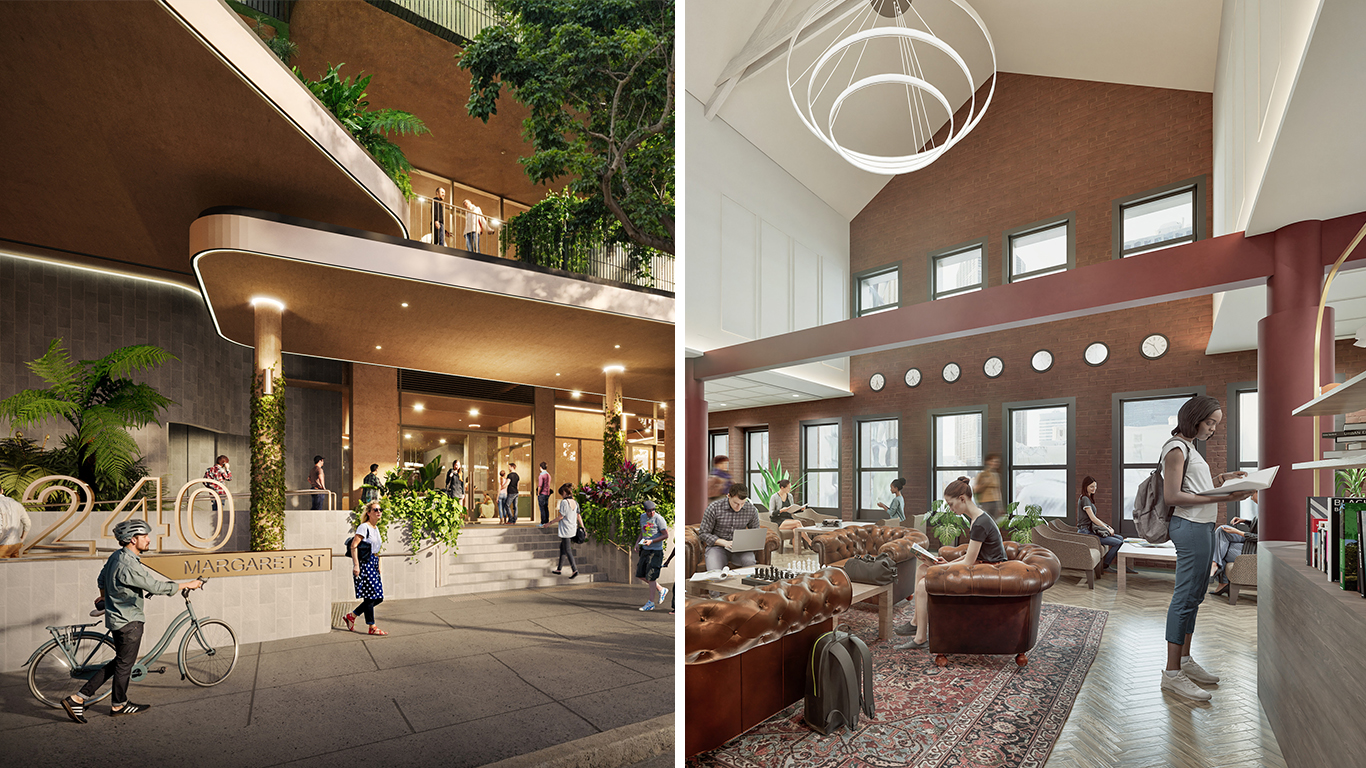
Across Australia, COX has designed a diverse range of student accommodation, from unique co-living buildings in Sydney that utilise modular prefabrication (Herring Road, Macquarie Park and Frederick Street, Rockdale) to on-campus residence halls and emerging models of premium student living.
Although varied, they’re woven together by the same design threads: An authentic response to place and opportunities to foster community and craft experiences.
COX is currently working with Journal Student Living to create experience-rich premium student living offers in Brisbane and Melbourne. Both purpose-built buildings are designed to embed the community-life and customer service that Journal has been known for since 2019, along with a strong consideration of local climate and culture.
In this COX VOX, we sit down with project leaders Brendan Gaffney and Shayne Dyer (Journal Garden Place, Brisbane) and Johannes Lupolo-Chan and Simon Haussegger (Journal Market Way, Melbourne) to chat about these projects and the future of Purpose-Built Student Accommodation (PBSA).
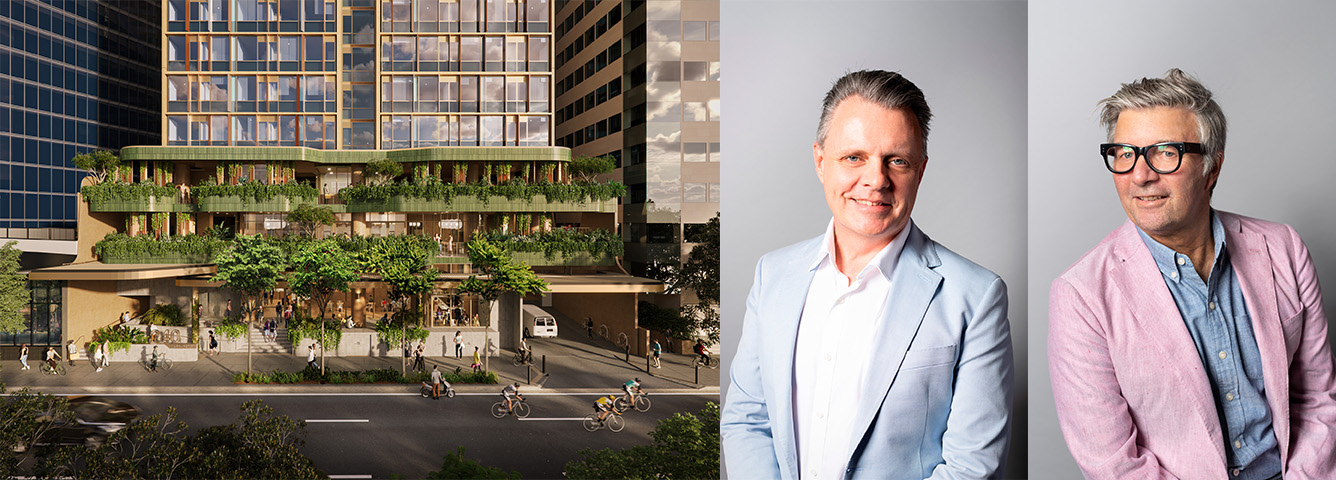
[Above: Journal Garden Place, Brisbane with Brendan Gaffney and Shayne Dyer]
How is COX approaching the design of PBSA?
Brendan: Our approach is user-centric – just like it is with other types of architecture. The experience of students is our core focus for the design.
Johannes: We also create environments for inclusivity and fostering community. Often students are away from home for the first time, and international students make up more than 75% of students seeking accommodation, so crafting safe and comfortable spaces for a diverse range of people is vital.
At Market Way, we incorporated strong vertical connections that help to define different zones and experiences yet remain visually connected. As Brendan said, it comes back to user-centric design.
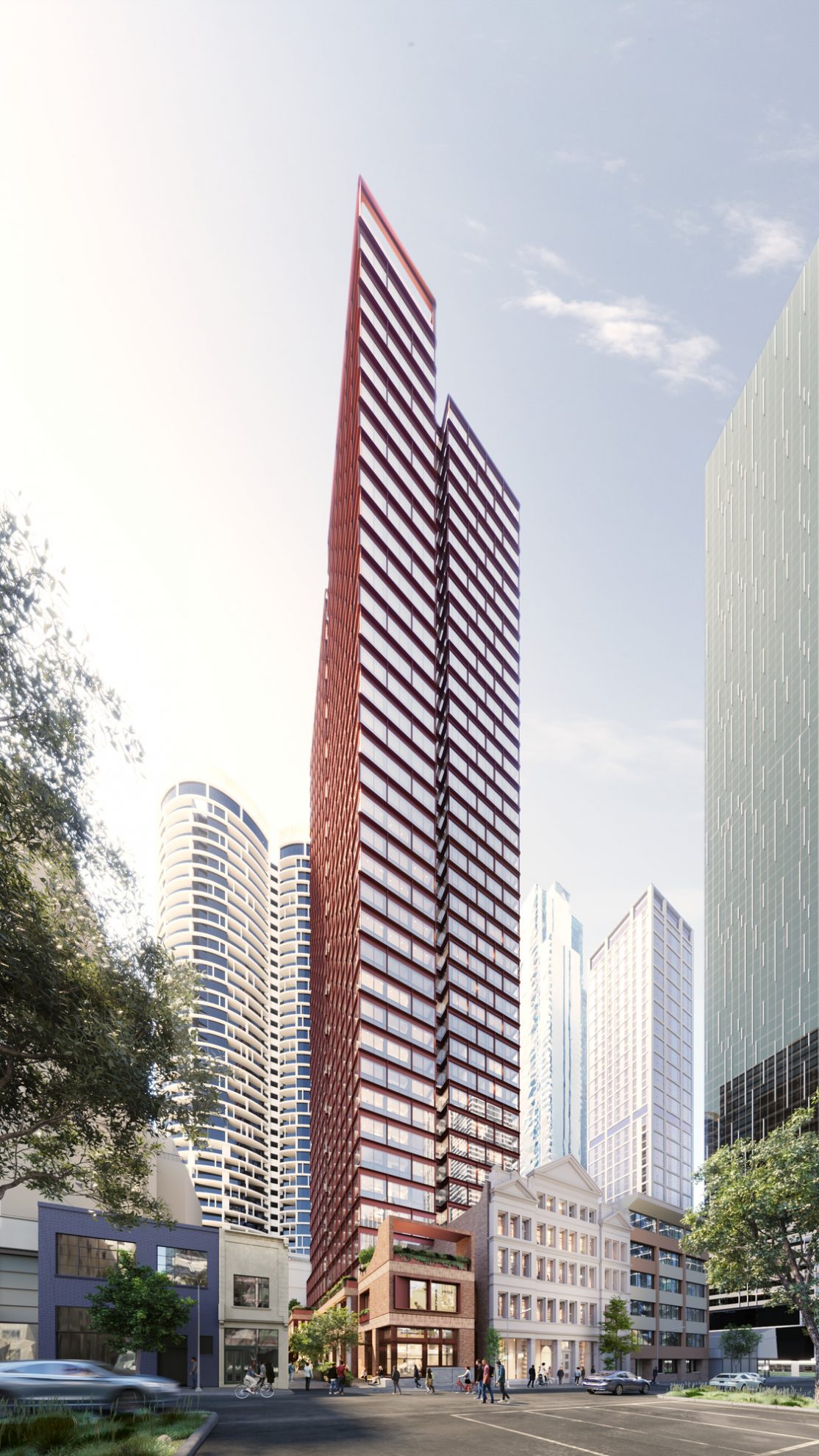
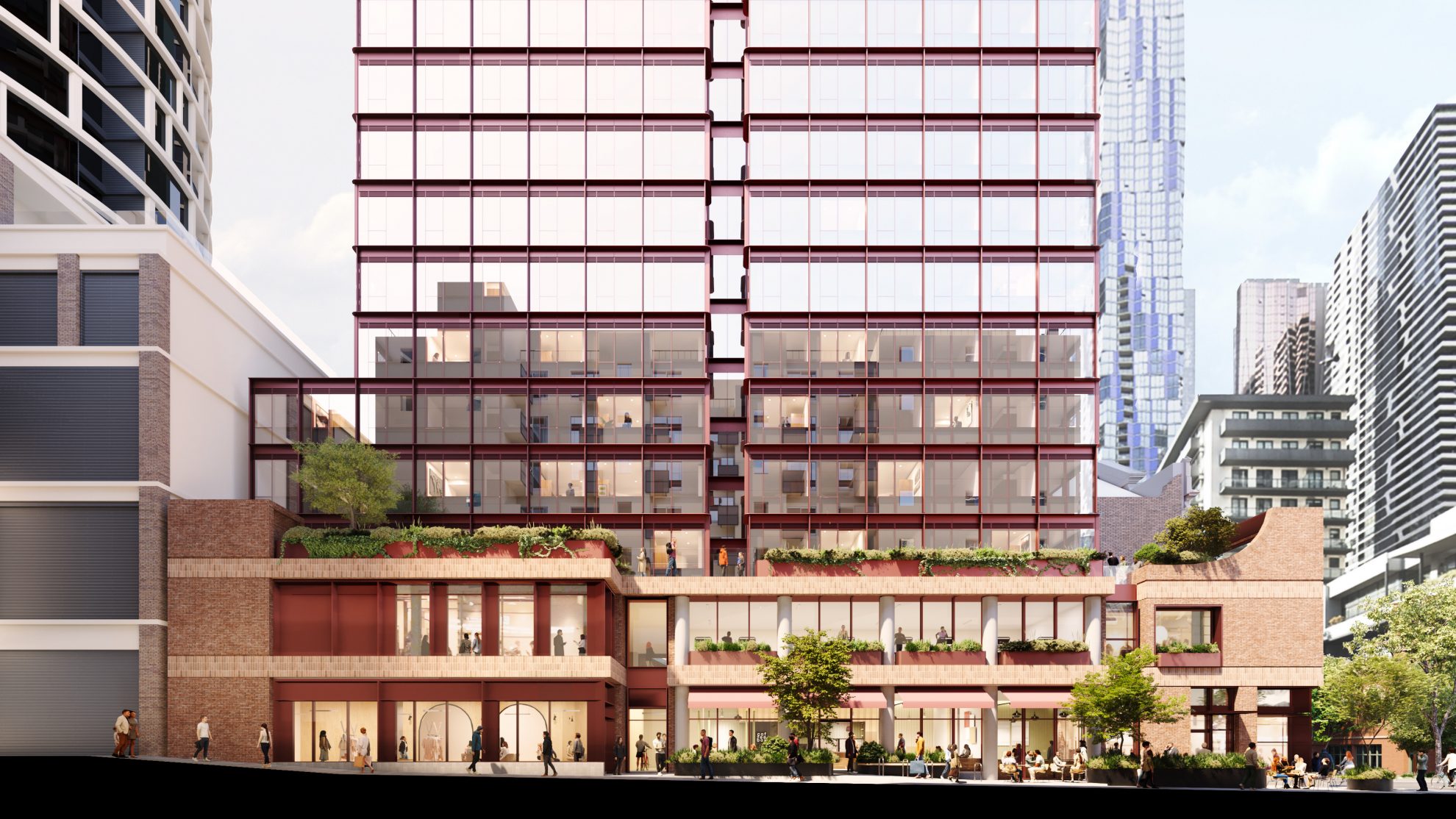
[Above: Journal Market Way, Melbourne]
Shayne: There are more sophisticated options entering the market alongside the university and budget models. An example of which we’re seeing with Journal’s vision to roll out new premium buildings across Australia.
Johannes: That’s a fair point. We need to remember we’re designing for adults, not kids, and they want a bit of sophistication. The interiors of Garden Place and Market Way feel more grown up and a little more serious in that sense.
Brendan: We want them to feel like adults and be treated accordingly.
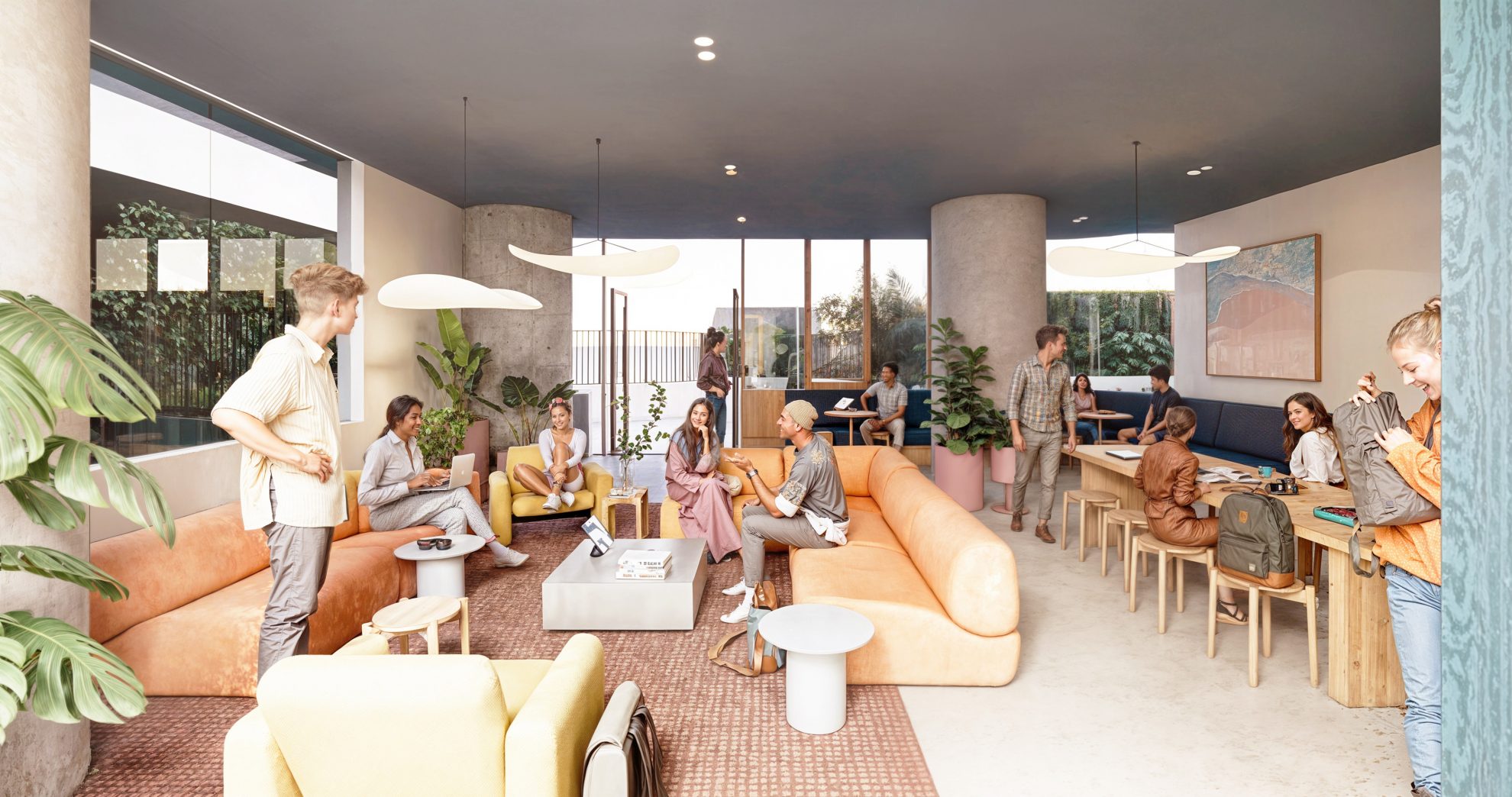
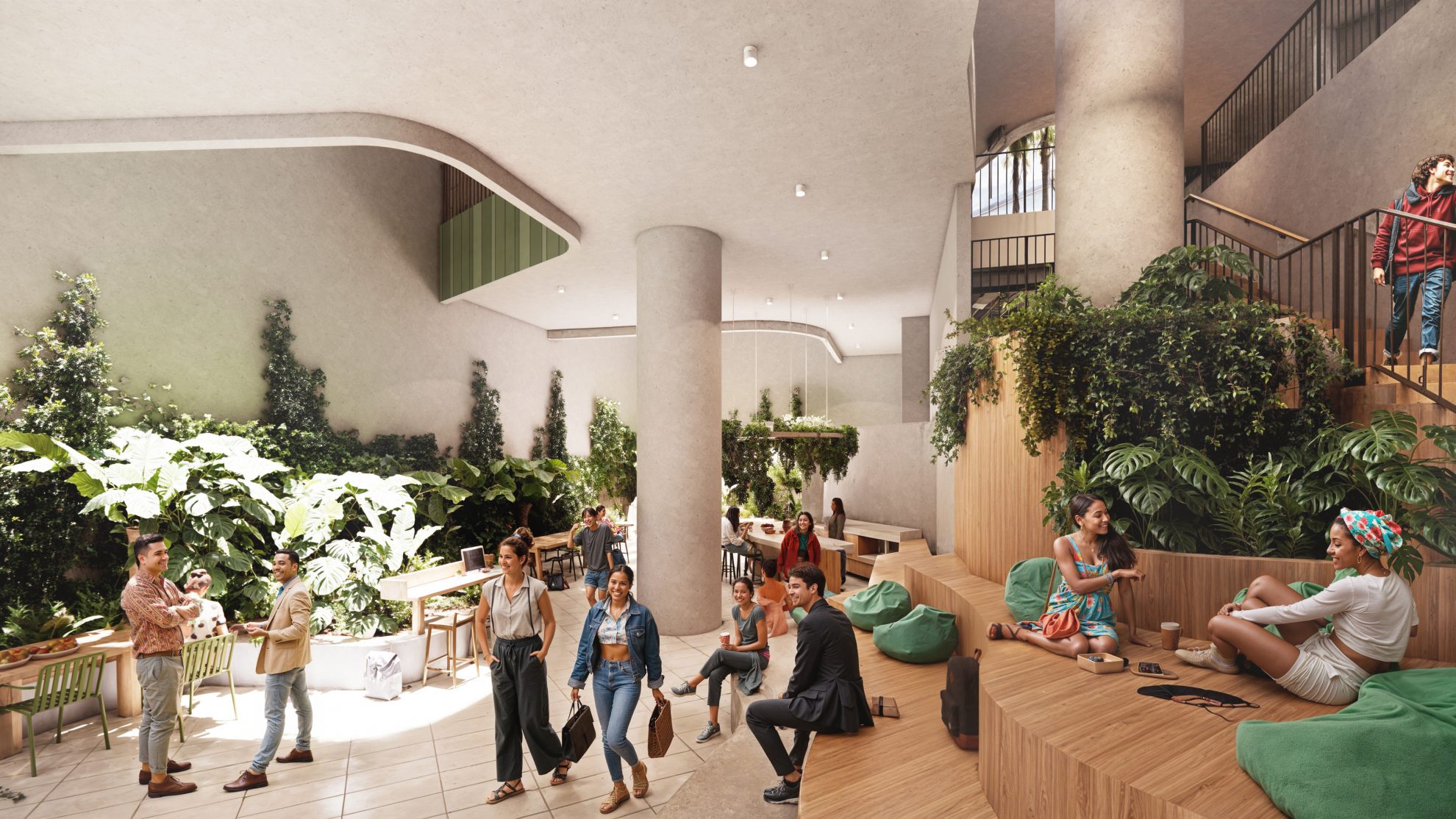
[Above: Journal Garden Place, Brisbane]
Has there been a rise in PBSA developments?
Brendan: Back in the 80s and 90s, students sometimes lived in dorms on campus, but often, would simply rent a room in a share house. It’s a different generation now, with higher expectations for amenity and location. They want to live in inner urban areas and enjoy the associated benefits which is why we’ve seen a huge rise in PBSA towers in cities like Melbourne.
Johannes: Absolutely, and let’s face it, finding high-quality rental accommodation across urban areas of Australia is challenging in all markets. Students are also looking for richer, more curated experiences. New options include a model that offers all types of community building activities. From that perspective, it’s appealing for someone to spend a bit more to get the safety, security and convenience of living close to campus.
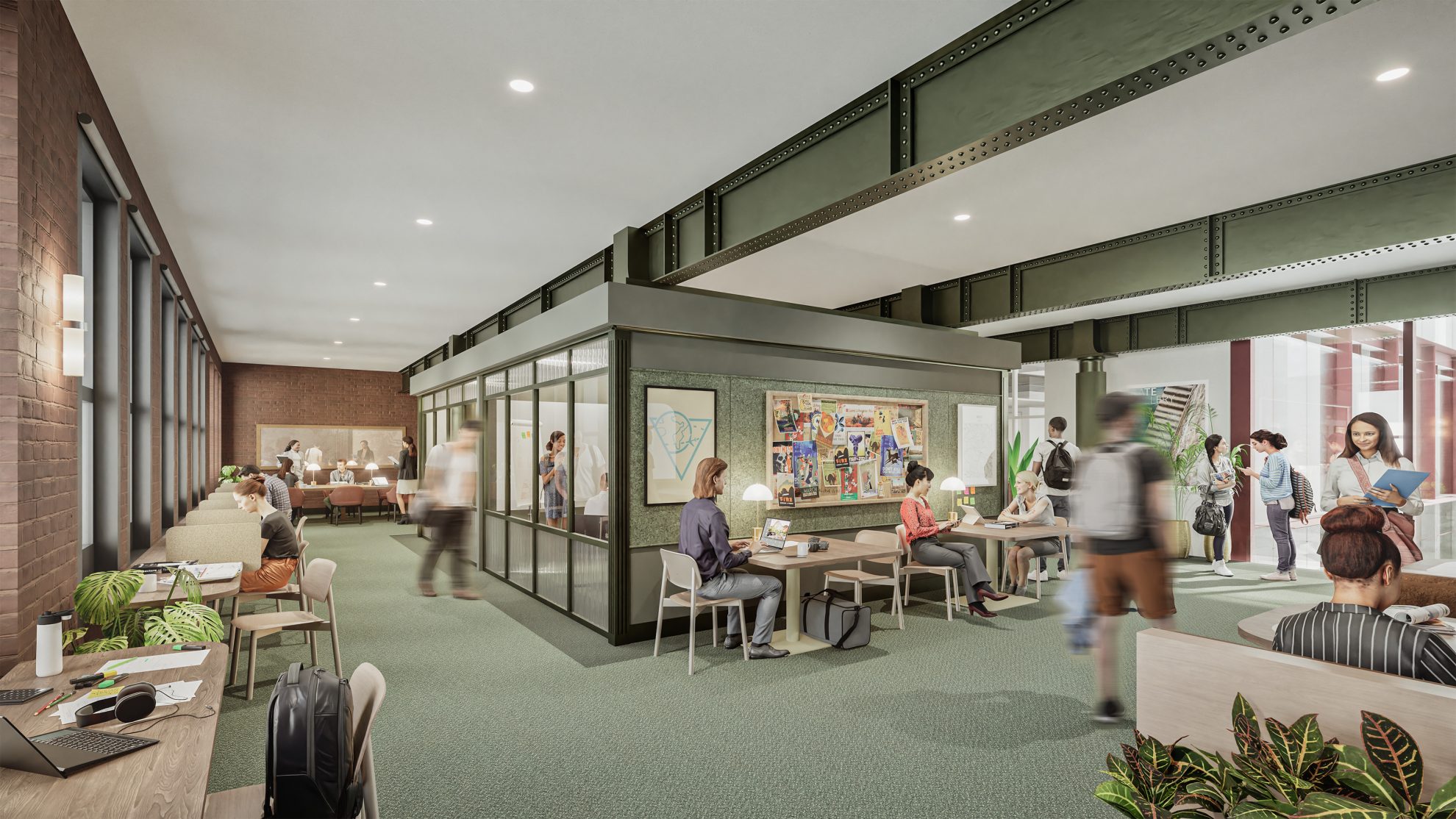
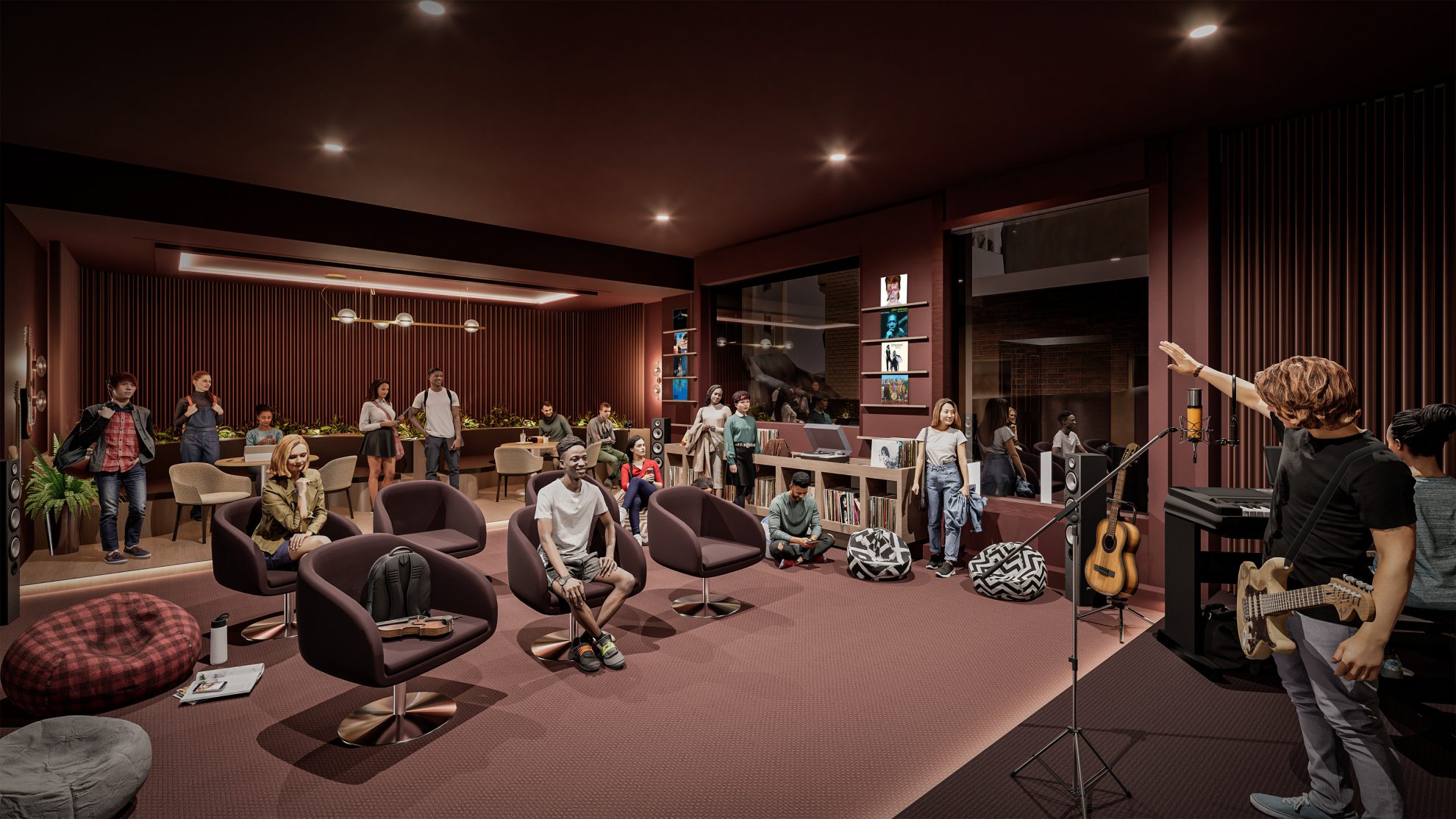
[Above: Journal Market Way, Melbourne]
Johannes: From a Melbourne planning point of view, PBSA is one of the strategic uses as part of the broader housing strategy.
Brendan: At one point, Brisbane had an economic stimulus package for student housing so there was a flurry of activity. We’re starting to see that pick back up again with a drive to address the housing crisis while attracting students and adding vitality to the city.
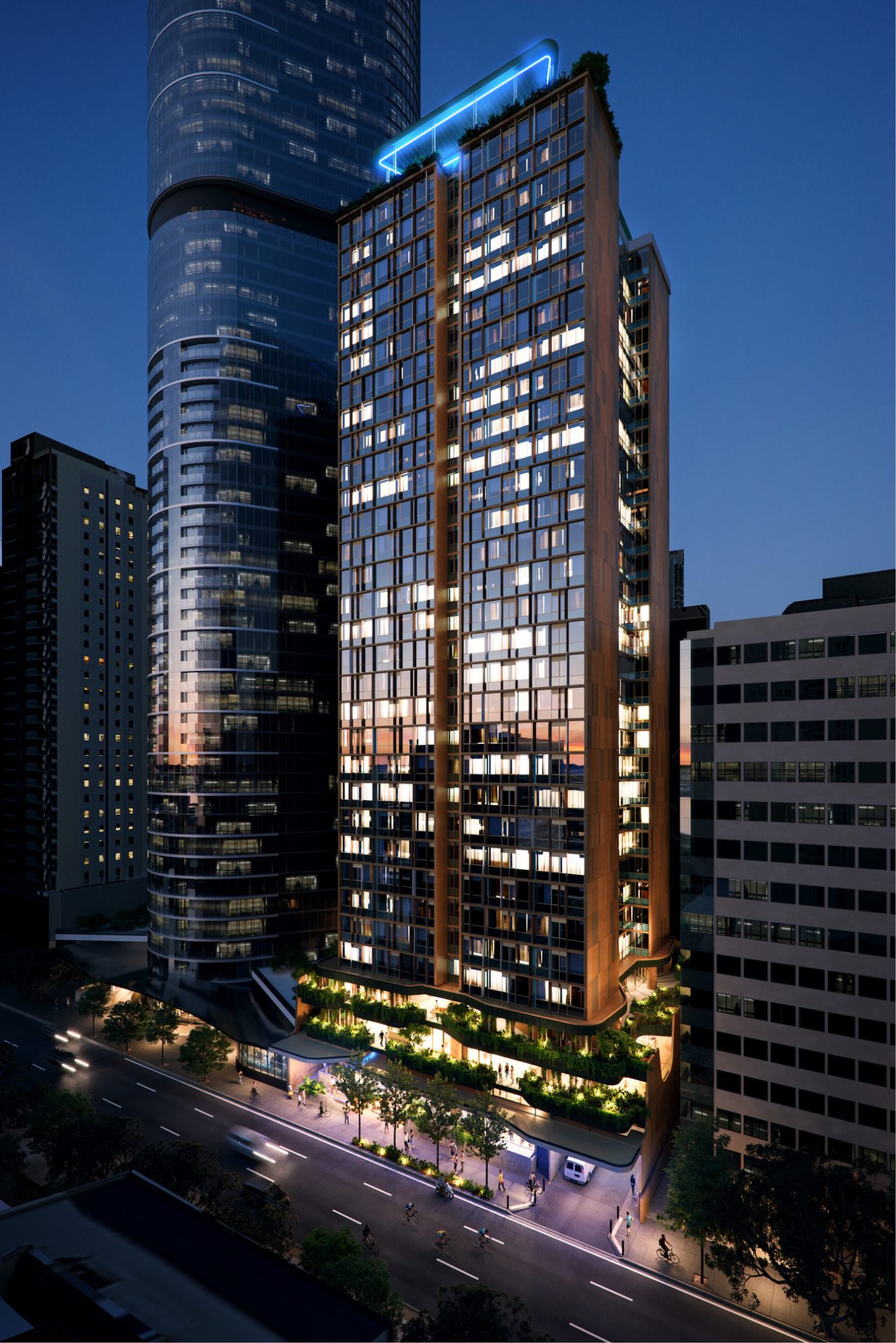
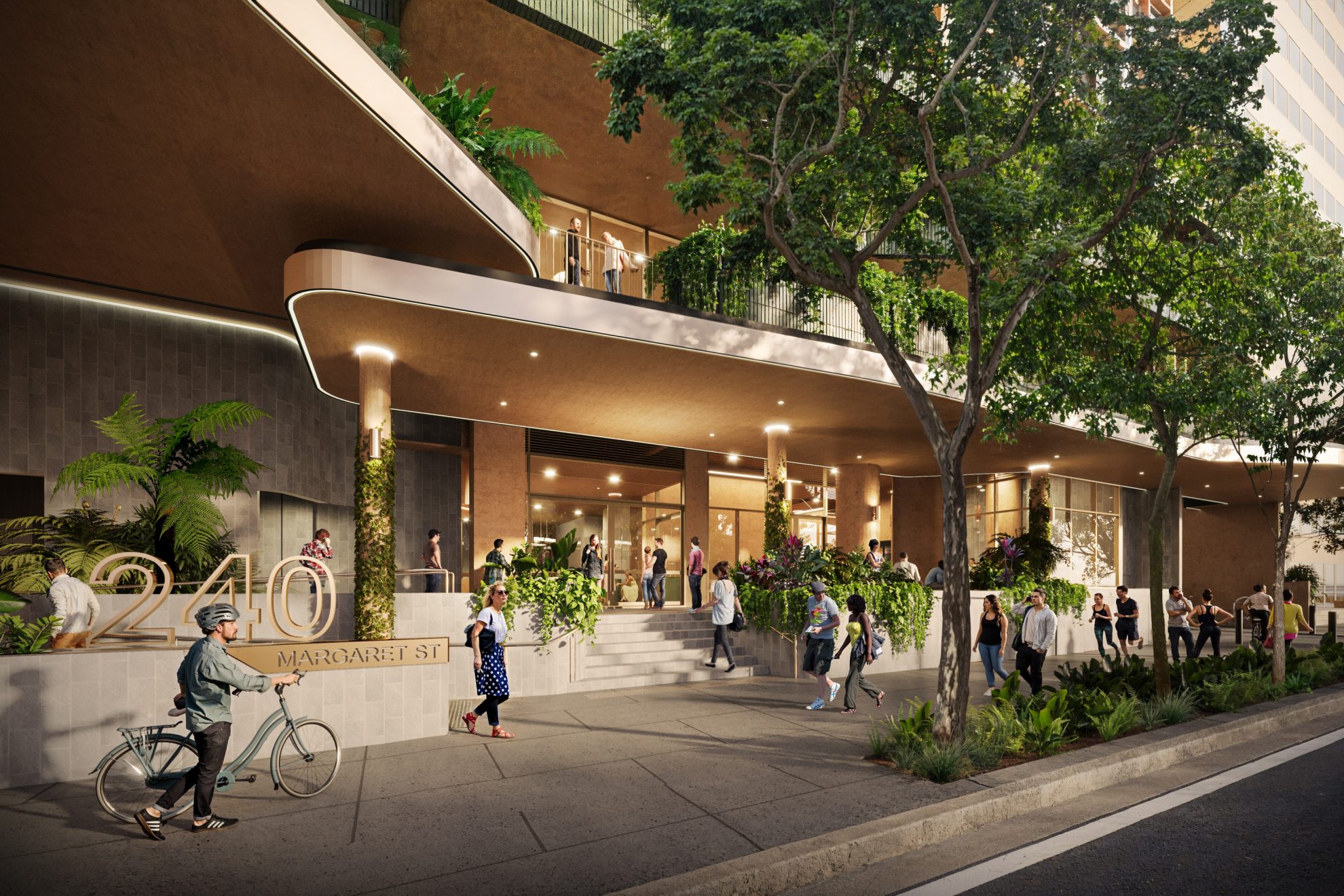
[Above: Journal Garden Place, Brisbane]
What are some of the challenges for PBSA?
Simon: There’s a danger with some housing models that pure efficiencies drive the design outcome. However, a model that works well in one location won’t necessarily be appropriate in another due to climate, local culture or place.
I think COX’s approach is to ensure that these buildings come to ground in a more meaningful way in their unique context, engaging with the street, the city – that they’re authentically grounded in place. We shape the amenity and experience through the design process to provide a sense of that place.
What type of spaces and unique amenities are students looking for?
Shayne: With Garden Place, we’re incorporating common cooking spaces and communal kitchens, private study nooks and quiet areas, library, basketball court and yoga lawn. The amenities were more of an outdoor response to suit the sub-tropical Brisbane climate.
Johannes: In contrast, Melbourne’s amenity needs to consider year-round uses so creating unique spaces such as the karaoke and music ‘speak easy’ in Market Way complement the maker spaces that offer students an opportunity to develop creative pursuits.
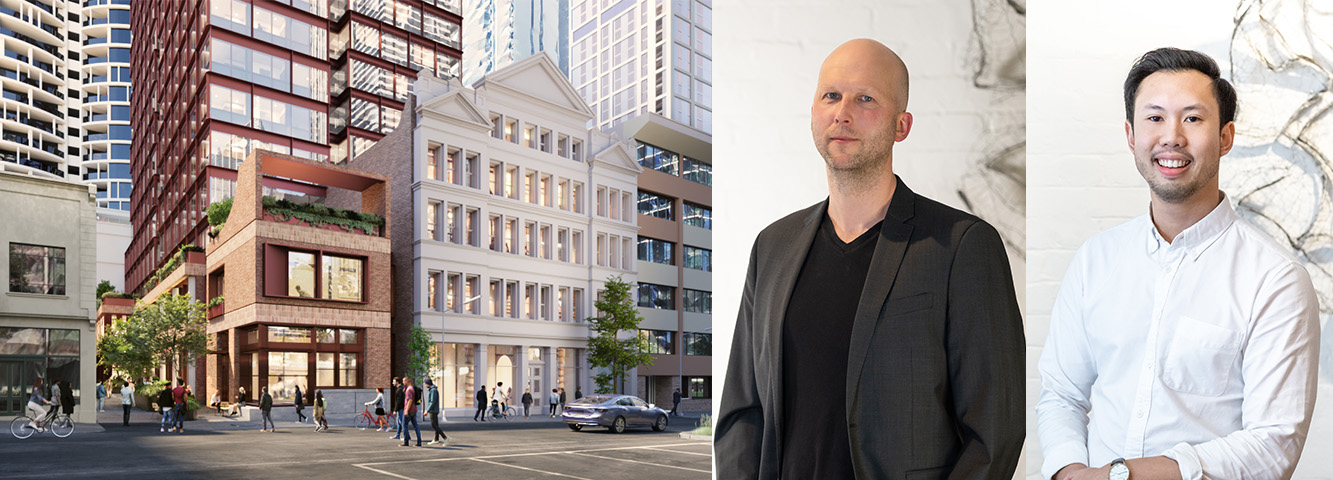
[Above: Journal Market Way, Melbourne with Simon Haussegger and Johannes Lupolo-Chan]
Johannes: We see the benefits in opportunities for learning where you are living, and Market Way is ideal for that. Trying to think outside of the box about what spaces and amenities contribute to the overall interests of the cohort that live there.
What do you see as the future of purpose-built student accommodation?
Simon: It’s about providing more choice and diversity.
Johannes: The product is shifting – there are opportunities for PBSA to potentially offer a wider range of accommodation types or co-locate with other residential typologies.
This could provide the ability to be more flexible with the types of residents that reside in these buildings – whether they’re undergraduate or postgraduate, exploring short-term/longer-term tenancies, or even the ability to cater for families when young parents are studying.
Learn more about our projects with Journal Student Living below.